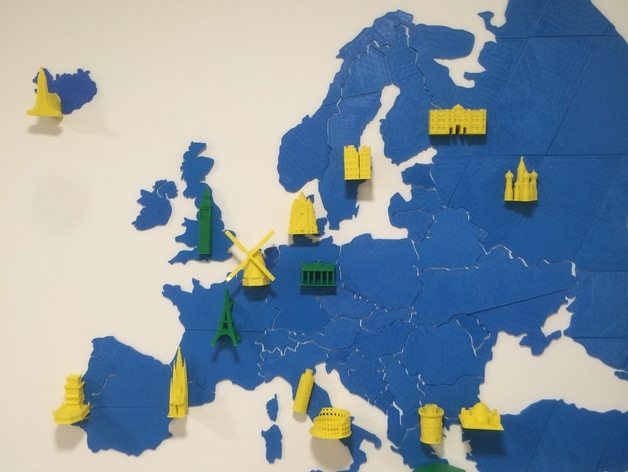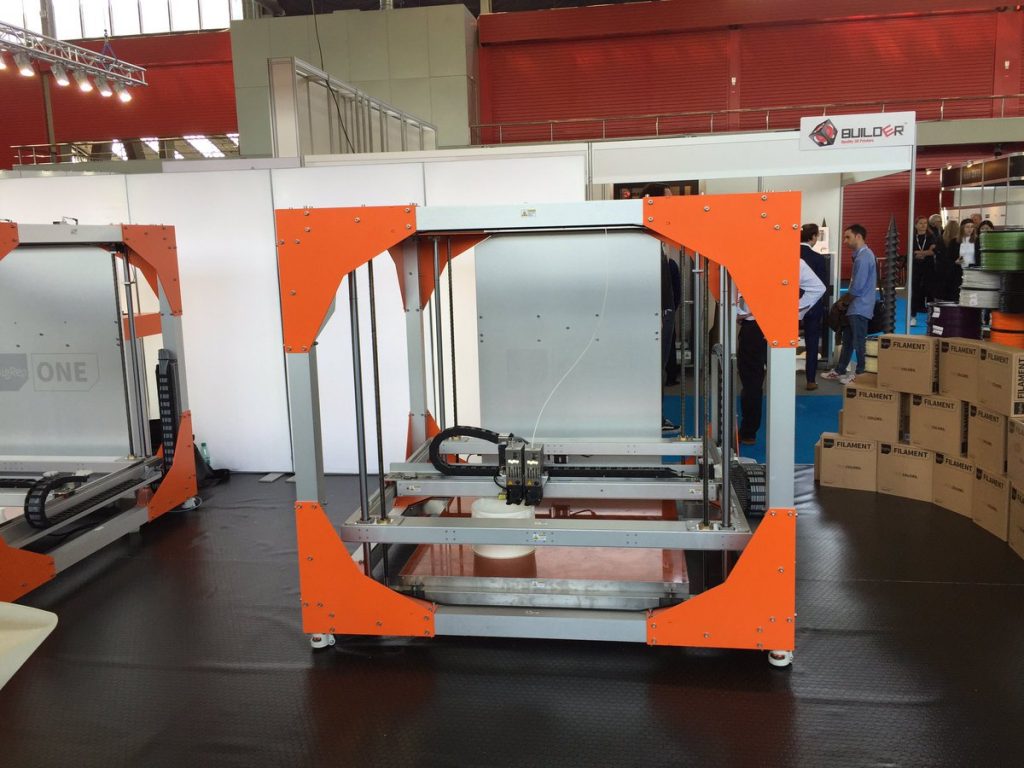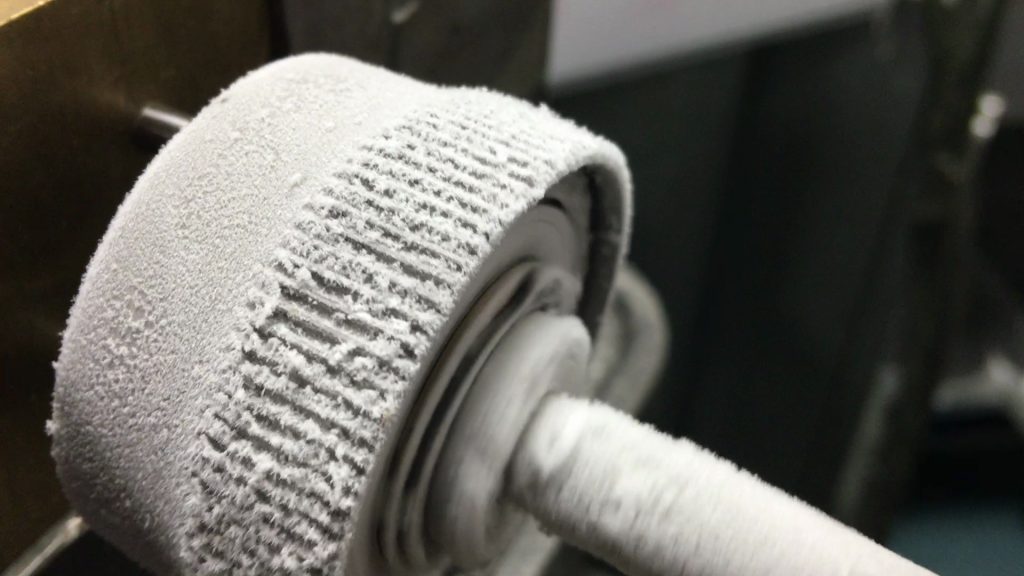While America awaited their official nominees for the presidential election, June 2016 saw Britain vote to exit the European Union dividing the nation and sending it into a period of uncertainty. This month, 3DPI examined how the political shift was affecting additive manufacturing while elsewhere in Europe, the AMShow was taking place, and amorphous metals were succcesfully 3D printed for the first time, giving a new weight to AM materials.
What impact will Brexit have on the 3D printing industry?
Innovate UK told our editor Michael Petch that for them it would be ‘business as usual’ in the wake of Brexit. Taking a less neutral approach Renishaw (LON:RSW), a Britain-based global leader for additive manufacturing, said ‘we believed that remaining in the European Union would be the best scenario’ for the company. Worse still was the apparent threat to Airbus, who have 4,000 employees based in the UK and commented that they were ‘disappointed’ with the outcome.

At the end of 2016, Britain is still in uncertainty, and confused speculation is reported daily. In an article for the Telegraph newspaper, Conservative MP Alan Mak for Havant in Hampshire, has however attempted to show how the 3D printing industry is thriving in such a climate. Citing his local constituency’s Dream 3D printing company, he says they ‘have already started to embrace the 4IR, and now they need secure access to global markets to attract international clients‘, seeming to conflate Brexit with the coming of the 4th Industrial Revolution.
Additive Manufacturing Show Europe launches for the first time

2016’s AMShow in Amsterdam was the first of its kind and attracted over 2,000 unique visitors. Spread between three different 3D printing applications, in healthcare, aerospace and automotive, highlights of the AM Show in Amsterdam this year included previews of large-scale 3D printers BigRep and WASP, a profile on Poland-based ZMorph multi-tool 3D printers and a showcase by Ultimaker.
In 2017 the show will return to Amsterdam from the 27th to the 29th June, with its American counterpart being held in Pasadena from the 6th to the 8th of December.
Amorphous ‘glass-like’ metals 3D printed for the first time
Amorphous metals have a disordered atomic structure typically associated with glass, as opposed to the ordered, aligned structure they usually have.

Their unusual structure means that the metals behave differently when applied to certain stresses and pressure, i.e. where say a cast iron gear fails in space due to way-below freezing temperatures, and amorphous metallic gear continues to perform well.
German company Heraeus, in partnership with Exmet, have become the first group to crack the 3D printing of amorphous metals, involving the use of metal powders.

As the Heraeus technology is capable of producing an amorphous alloy of most any metal, and fabricating it into any shape, the possibilities of this method open up metal manufacturing to the future of meta-materials that behave against their nature. It will be exciting to see how this technology contributes to aerospace, and perhaps the automotive industry.
Featured image shows a 3D printed Union Jack flag. Photo by Thingiverse user & designer alzbiff


